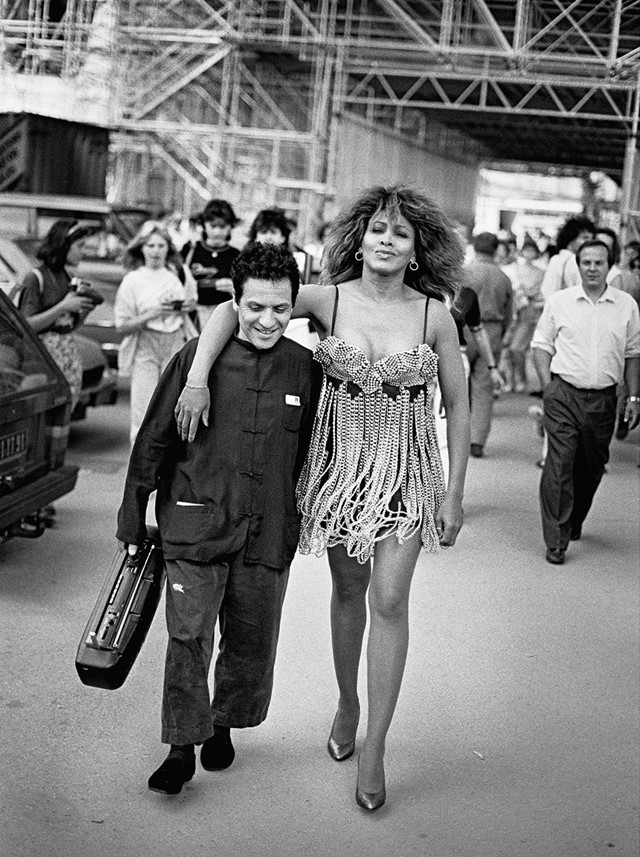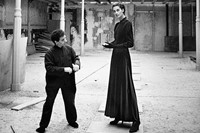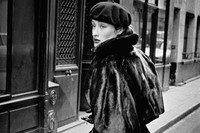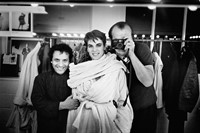Peek inside a new book which showcases the unique bond between the fashion designer and photographer
Azzedine Alaïa and Peter Lindbergh were two of fashion’s greats, each carving out an incredible legacy over the course of decades-long careers. When Alaïa died in 2017 and Lindbergh two years later, the losses in fashion design and photography were felt industry-wide. The designer and the photographer were separate pioneers but also shared a collaborative relationship, as celebrated by a newly published Taschen book, Peter Lindbergh. Azzedine Alaïa. Released to coincide with an exhibition titled Mirror View at the Fondation Azzedine Alaïa in Paris, the book showcases the unique bond between Alaïa and Lindbergh, and how it played out in their work. The book is edited by gallerist Carla Sozzani – a close friend of Alaïa’s for over 40 years – and features text by Olivier Saillard, Paolo Roversi and Fabrice Hergott.
“We met in 1979, I believe. Ever since, Azzedine and I are hand in glove,” Lindbergh recalled. “We don’t even need to talk. Everything flows,” Alaïa in turn once said. Lindbergh took countless photographs of both Alaïa’s clothes and the designer himself in his signature sensual black and white. Both loved the colour black: Alaïa said that he would “prefer people to notice the woman and not her clothes”, and rendering his exquisite couture often in black was part of this mission. For Alaïa, black was “a very happy colour”. Lindbergh too saw his stripped-back, black and white photography as a way of celebrating his subjects. “This should be the responsibility of photographers today to free women, and finally everyone, from the terror of youth and perfection,” he once said. “If you take out the fashion and the artifice, you can then see the real person.” By forging their own paths and disrupting fashion trends and rules, both Alaïa and Lindbergh made era-defining work.
A master of couture, Alaïa’s work was rooted in celebrating the female form. Lindbergh, himself a master of light and texture, captured this in his photography. One of Alaïa’s most enduring relationships was with supermodel Naomi Campbell; the designer took Campbell in during her early modelling years in Paris, and she affectionately called him Papa. A series of photographs of Campbell features in Peter Lindbergh. Azzedine Alaïa, since Lindbergh would often photograph the iconic model in Alaïa’s exceptional designs. As Campbell said in her own Taschen-published tome, Naomi, “working with Peter was wonderful because he always got so excited. His enthusiasm was childlike, it almost burst out of him. That made for a lively set.”
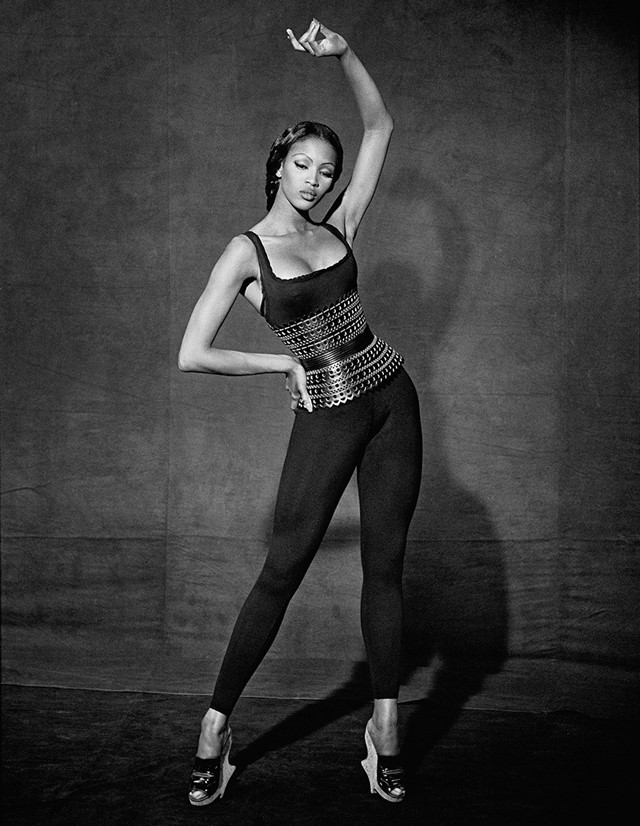
Both Lindbergh and Alaïa also made Paris their home, and adored the city. Lindbergh hailed from Germany, Alaïa from Tunisia. Alaïa, famous for his warmth and generosity, hosted friends and loved ones around his kitchen table in his home on rue de la Verrerie, in the building which now houses his eponymous foundation. “And maybe recounting those legendary dinner parties would be the right way to tell the story of these two memorable friends: the long tables where everyone was welcome; the endless toasts; Azzedine’s hottest chili peppers, or Petra’s homemade delicacies; Grigolo singing happy birthday to Franca Sozzani; Didine, the great Saint Bernard wagging his tail around the guests; the intense conversations about art, fashion and photography; the laughter, and the stories that ignited our imagination,” fellow photographer Roversi writes in the new book. “Free, generous, welcoming: Azzedine and Peter are like that. As is their art.”
Peter Lindbergh. Azzedine Alaïa is out now, published by Taschen.
